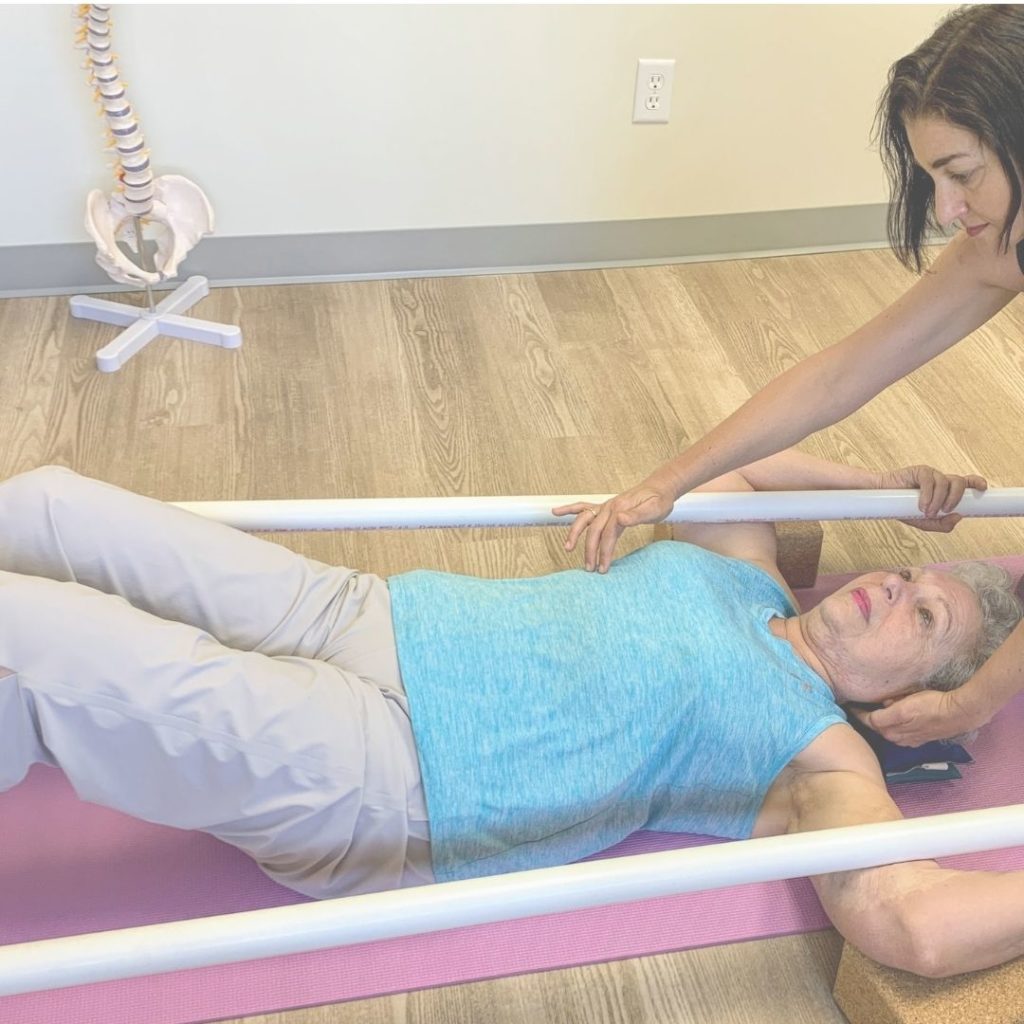SCOLIOSIS IN ADULTS
Adult scoliosis is a complex, three-dimensional curvature of the spine that can arise from various factors, including osteoporosis, degenerative disc disease, aging, or as a progression of idiopathic scoliosis from adolescence. This condition is often associated with lower back pain, stiffness, and discomfort which can significantly impair mobility and daily activities.
Despite these common symptoms, idiopathic scoliosis and degenerative scoliosis in adults have different underlying causes and patterns of progression. Understanding these differences is important for effective treatment and management.

ADULT IDIOPATHIC SCOLIOSIS
Adults with idiopathic scoliosis experience a condition that originated in adolescence and persisted into adulthood. Oftentimes we see a curve that goes to the right in the thoracic (rib cage area) and to the left in the lumbar (low back area). Research indicates that scoliosis curves less than 30° at maturity- (at the end of growth for adolescents)typically do not progress significantly. However, curves more significant than 30° may progress by 0.5° to 2° per year.
Visual signs of idiopathic scoliosis can include:
- Low back pain and stiffness
- Neck pain
- Shoulder pain
- Hip pain
- Numbness, cramping, and shooting pain in the legs
- Fatigue
ADULT DEGENERATIVE SCOLIOSIS
Degenerative scoliosis develops during adulthood due to the degeneration of discs, osteoporosis, arthritis and or aging of the spine. This primarily affects the lumbar spine (lower back) and is often accompanied by a loss of the lumbar lordosis curve. Adult degenerative scoliosis has an non predicatalbe pattern and can continue to progress with aging.
Symptoms include:
- Low back pain
- Hip pain
- Shoulder pain
- Numbness
- Pain down the leg


SCOLIOSIS TREATMENT IN ADULTS
At Scoliosis PT Jax, we specialize in treating adult scoliosis using the Schroth Method, the leading non-surgical approach designed to stabilize the curve, halt progression, and alleviate pain, stiffness, and discomfort. This method focuses on customized exercises that improve posture, muscle strength, and spinal alignment.
In addition to the Schroth Method, we incorporate Pilates on reformers, Pilates chair, and Core Align to further enhance strength, flexibility, and overall spinal health. These complementary techniques provide a comprehensive and individualized treatment plan, promoting better outcomes and improved quality of life.